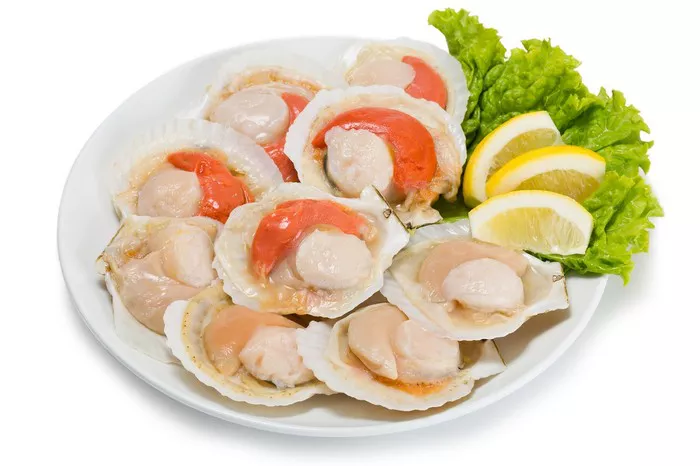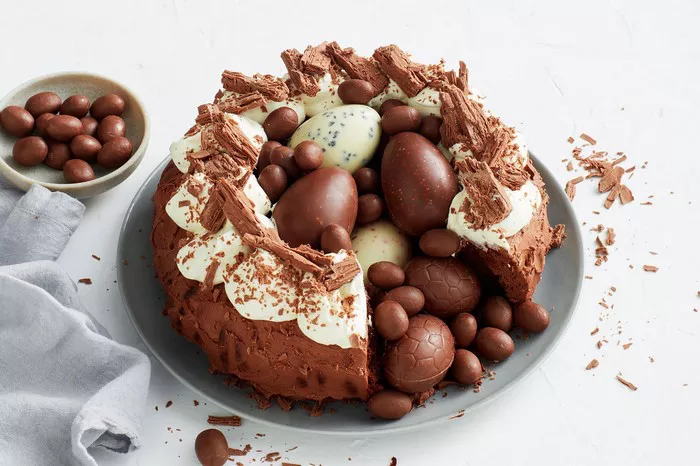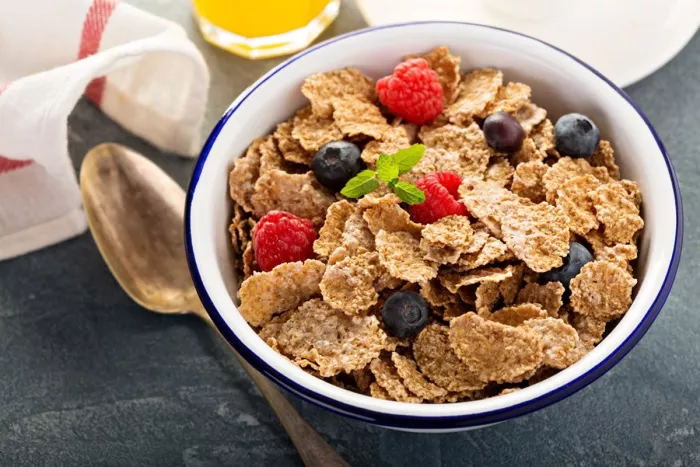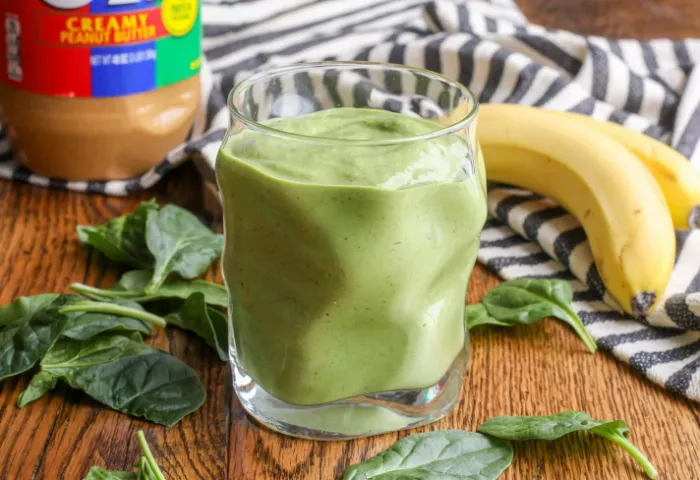Longjing shrimp, a culinary masterpiece that combines the delicate flavors of fresh shrimp with the aromatic essence of Longjing tea, has long been celebrated as a symbol of sophistication in Chinese cuisine. Originating from the Hangzhou region, where Longjing tea is produced, this dish captures the essence of the local terroir. In this comprehensive guide, we will delve into the intricacies of creating Longjing shrimp, guiding you through each step to ensure a culinary experience that is both authentic and exquisite.
Understanding Longjing Tea:
At the heart of Longjing shrimp lies the soul-stirring Longjing tea, renowned for its flat, slender leaves and distinctive nutty flavor. To embark on this culinary journey, it is crucial to select high-quality Longjing tea leaves. Opt for freshly harvested, pan-roasted leaves, as they contribute to the dish’s unique taste profile.
Begin by brewing a robust cup of Longjing tea. Allow the leaves to steep in hot water for about five minutes, extracting the full spectrum of flavors. This aromatic infusion will serve as the foundation for the marinade, imparting a subtle yet pronounced tea essence to the shrimp.
Ingredients:
Fresh Shrimp: Start with the star of the dish – fresh, plump shrimp. Choose large, deveined shrimp for a more substantial texture. Aim for around 500 grams to ensure a generous portion.
Longjing Tea Infusion: The brewed Longjing tea will serve as the marinade. Ensure a strong infusion by using approximately 2 tablespoons of high-quality Longjing tea leaves for one cup of hot water.
Ginger and Garlic: Introduce depth to the marinade with finely minced ginger and garlic. The aromatic combination will complement the tea-infused shrimp perfectly.
Soy Sauce: Opt for a premium soy sauce to enhance the umami notes. Approximately 2 tablespoons should suffice, but adjust according to your taste preferences.
Sesame Oil: A drizzle of sesame oil adds a nutty richness to the dish. Use about 1 tablespoon for a delightful flavor boost.
Sugar: Balance the flavors with a touch of sweetness. A teaspoon of sugar will harmonize the marinade, creating a well-rounded taste.
Salt and Pepper: Season the shrimp with salt and pepper to taste, ensuring a perfect balance of flavors.
Cooking Oil: Use a neutral cooking oil for pan-frying the shrimp. Peanut or vegetable oil works well for this purpose.
Marinating the Shrimp:
Prepare the Shrimp: Start by cleaning and deveining the shrimp. Leave the tails intact for an elegant presentation. Pat the shrimp dry with paper towels to ensure the marinade adheres effectively.
Tea-Infused Marinade: In a bowl, combine the brewed Longjing tea with minced ginger, garlic, soy sauce, sesame oil, sugar, salt, and pepper. Stir the ingredients thoroughly, allowing the flavors to meld into a cohesive marinade.
Marinating Process: Place the cleaned shrimp in a shallow dish and pour the prepared marinade over them. Ensure each shrimp is generously coated. Cover the dish with plastic wrap and refrigerate for at least 30 minutes, allowing the tea-infused marinade to penetrate the shrimp and infuse them with exquisite flavors.
Cooking Techniques:
Pan-Frying Perfection: Heat a pan over medium-high heat and add a generous splash of cooking oil. Once the oil is hot, carefully place the marinated shrimp in the pan, ensuring they are not overcrowded. Allow each shrimp to cook for approximately 2-3 minutes on each side, or until they develop a golden brown crust.
Maintaining Tenderness: Be mindful not to overcook the shrimp, as this may result in a rubbery texture. The goal is to achieve a delicate balance – a crisp exterior with a succulent, tender interior.
Tea-Infused Aromatics: As the shrimp sizzle in the pan, the enchanting aroma of Longjing tea will permeate the air. This delicate infusion elevates the dish, providing a sensory experience that goes beyond taste alone.
Conclusion:
Mastering the art of Longjing shrimp requires a delicate balance of flavors and a meticulous approach to preparation. From selecting the finest Longjing tea leaves to executing precise cooking techniques, each step contributes to a culinary masterpiece that transcends the ordinary. As you savor the tea-infused aroma and relish the harmonious blend of flavors, you’ll discover why Longjing shrimp is not just a dish but a celebration of culinary elegance. Embrace the richness of tradition and the sophistication of flavor as you embark on this gastronomic journey, creating a dining experience that is both memorable and refined.
[inline_related_posts title=”You Might Be Interested In” title_align=”left” style=”list” number=”6″ align=”none” ids=”5874,5858,5834″ by=”categories” orderby=”rand” order=”DESC” hide_thumb=”no” thumb_right=”no” views=”no” date=”yes” grid_columns=”2″ post_type=”” tax=””]



























